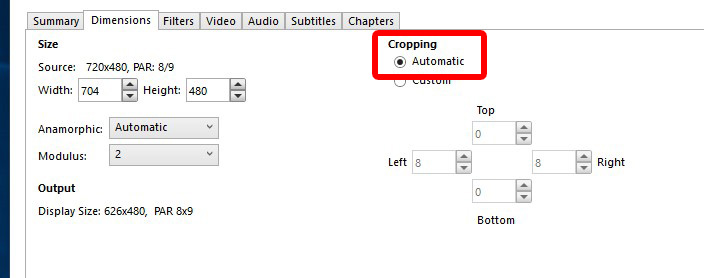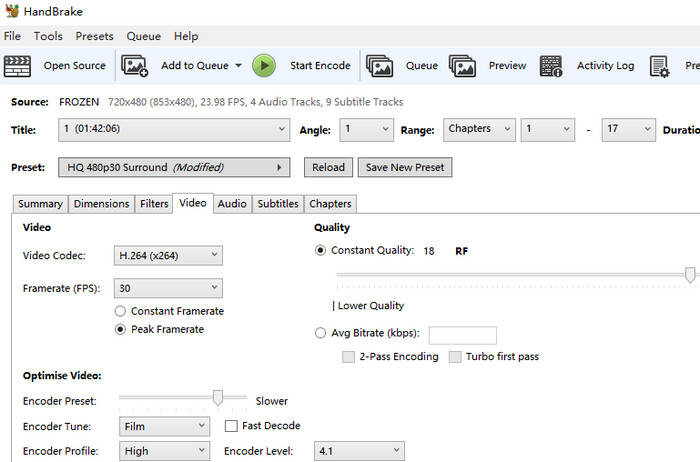
I usually stick to x265 10bit and use RF20 on most media. Anyway, the quality combined with the bitrate isn't the best, but it can still be a much better solution than having the original. The audio processing takes actually more time. I understand you would be interested in out-of-the-box ready-made settings, but I don't have the audacity to do that.īut anyway, I found one fast but not perfect solution: instead of Handbrake (but I'm delighted to hear if it's possible in Handbrake) I use StaxRip and Nvidia NVENC HEVC, so it's the GPU that does the work, and after all it might take just 5 minutes to re-encode over an hour of material. But then again, for some people a 1GB film file might be enough, and with HEVC encoding it could still really beat most streams.

Unless the source is full-on Blu-ray quality, it would usually be better not to re-encode it at all, if you really want great quality (because encoding takes much time, effort, and it also worsens the quality). But it really depends on your choices anyway.

Anyway, so the minimum and sometimes great quality would be 1.5GB–2.5GB per feature film, but since it's not a silver bullet and sometimes fails big time in some material, something like 3.5GB–5.0GB would usually be fine enough. But for example if it's snowing in the scene, you might not get that captured with good quality easily.

HEVC has it cons, since it can simplify and basically blur some kind of parts in the picture, while others would be perfect.
Handbrake settings how to#
But the details on how to do that can vary, it's really not easy. I suggest 10-bit (per color channel) HEVC, with at least 2500 kbps quality (but never with constant bitrate, of course), but that's kind of the minimum, but in some scenes you can see it can be very good.


 0 kommentar(er)
0 kommentar(er)
